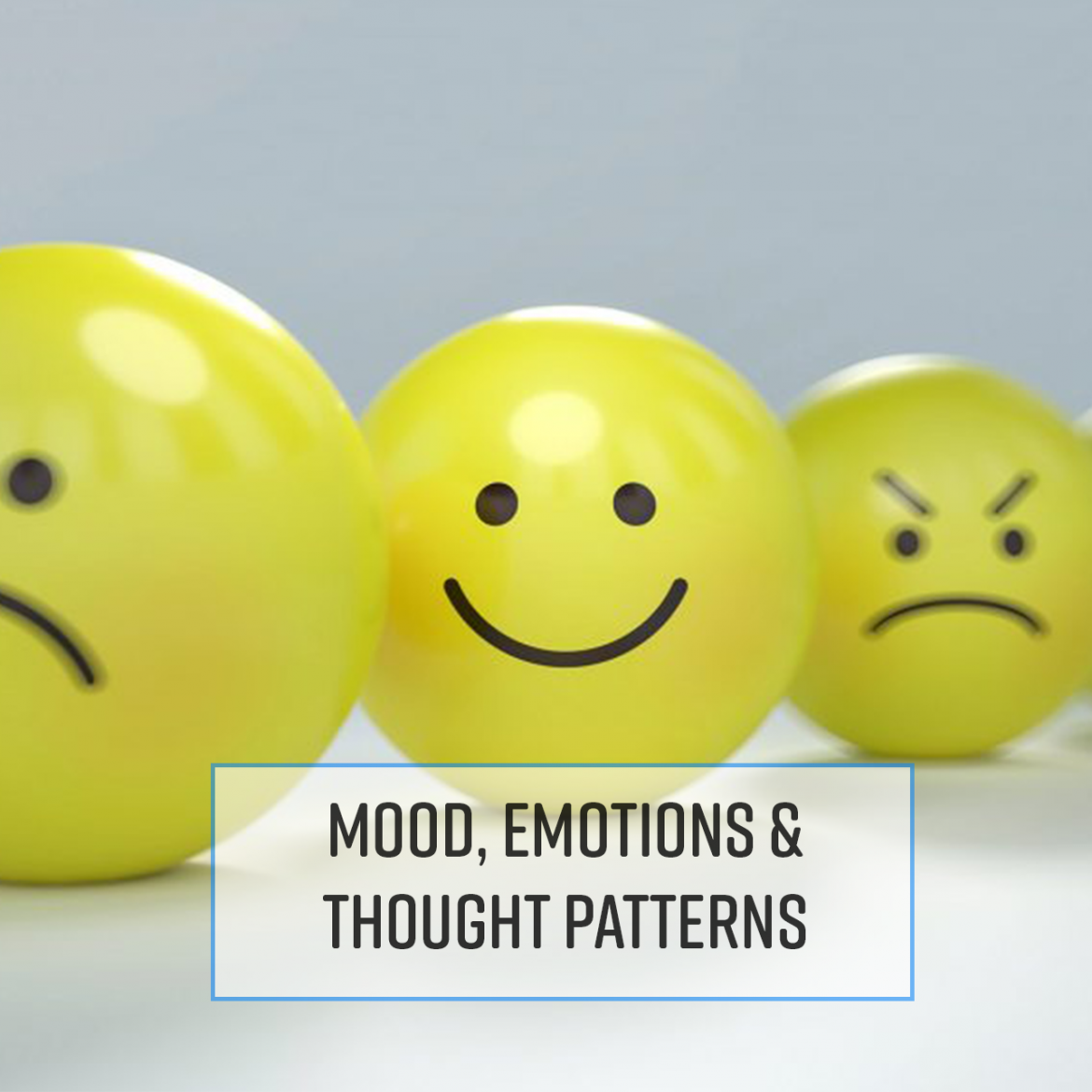
This week’s focus is on mental health.
The third year of psychiatry residency usually focuses on
outpatient care. The resident learns how to manage medications in different outpatient
settings (as opposed to inpatient settings) as well as the basics of therapy.
Right now we are learning cognitive behavioral therapy (CBT), and my supervisor and I are preparing to
jointly lead 12 sessions of group CBT helping people experiencing symptoms of depression.
So what is CBT? It’s a form of psychotherapy originally
developed in the early 1960s by Aaron Beck. It was first developed to treat depression
by changing unhelpful thinking and behaviors. It was later adapted to address a
wide range of other mental health conditions.
In a nutshell, the cognitive model is based on the belief
that dysfunctional thinking is common to all psychological disturbances. In
other words, when a situation or event happens, an automatic thought occurs
which then produces an emotion. Symbolically, it looks like this:
Situation/event->automatic
thought->reaction (emotional, behavioral, physiological)
For example, if I came into work this morning and the
administrator didn’t greet me, my automatic thought might be “oh no, she’s
angry with me, what did I do wrong?” which then results in my feelings of anxiety, fear and/or self-doubt. I might not
even be aware of the thought (or the validity of that thought) that occurred
between the event and the negative emotions. I just know I suddenly feel
uneasy.
CBT helps people to evaluate their thinking which results in
an improvement in their overall emotional state and behaviors. Multiple studies
have shown CBT to be effective. (See Clark and Beck (2010) on Pub Med for a
comprehensive review of the CBT studies.)
If you’re interested in beginning to monitor your own
thoughts to see how they might be impacting your mood, you can use the following chart:
Situation or Event
|
Automatic Thought
|
Emotional, Behavioral, Physiological Response
|
As you become more aware of your automatic thoughts, you can
then add columns, such as evidence that supports this thought, evidence that doesn’t
support this thought, and an alternative thought. You can also start to look at
the core beliefs that might be behind an automatic thought. (Going back to the example above, the core belief might be "I can't do anything right" which then leads to the self-blaming automatic thought and the resulting anxiety.)
There is MUCH MUCH more to CBT, but if this way of looking at the
relationship between events, thoughts, and emotions appeals to you, you might consider
finding a CBT therapist or group. There are also many workbooks available on Amazon and other places that you can work through on your own. A copy of the participant manual that we'll be using in our group CBT class can be viewed by clicking here.
Information from Cognitive Behavior Therapy: Basics
and Beyond 2nd Edition by Judith Beck used as a resource for
this post.
No comments:
Post a Comment
Note: Only a member of this blog may post a comment.